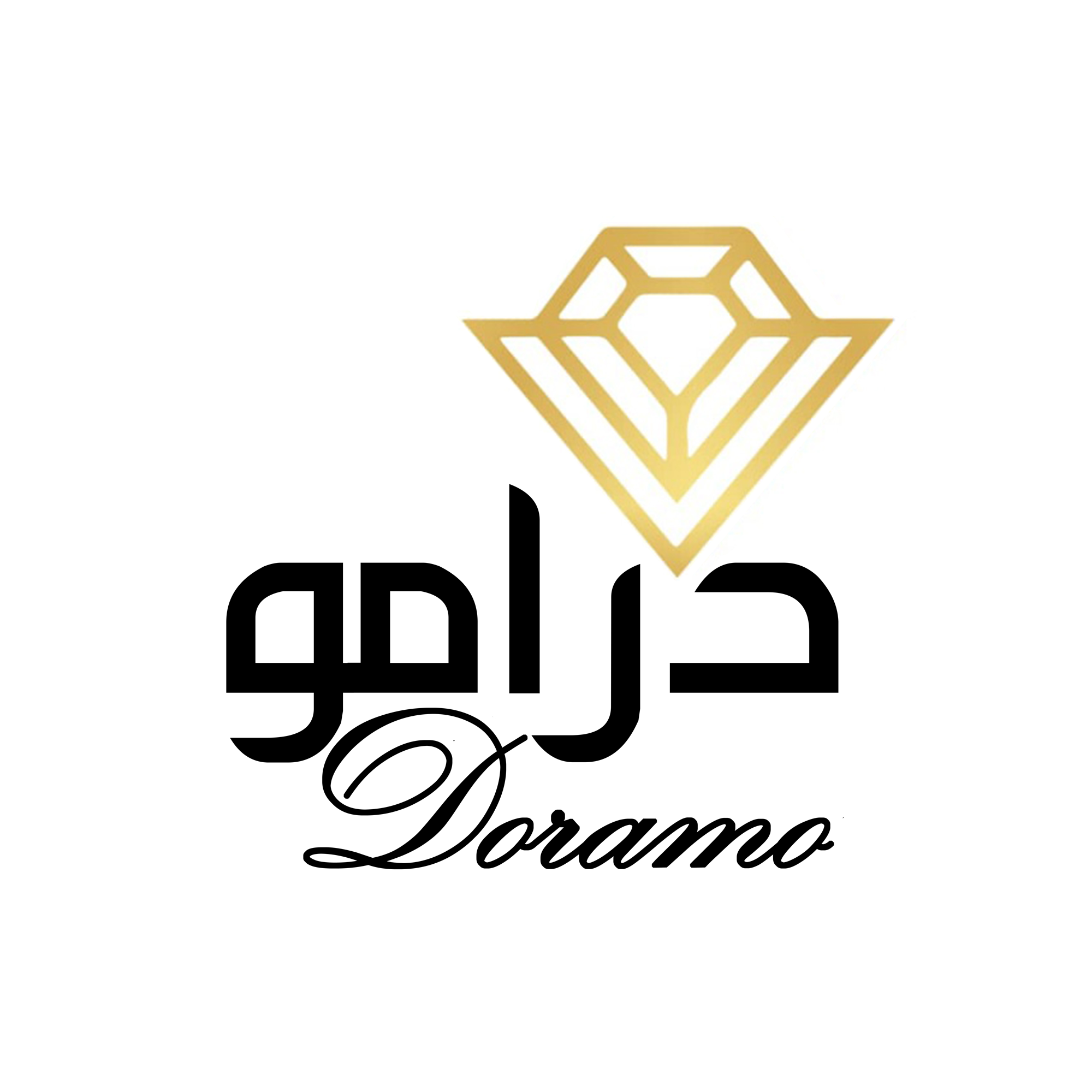Content
The internet was initially only available for email communication when it was launched to the public. This super-fast technology allowed people to communicate with one another, which was the idea behind the internet. In another impressive development, Kubera automatically displays the value of your assets in whatever preferred currency you define. Just use the “Show holdings outside” button above the holdings list to see your crypto holdings as new rows in your financial dashboard. And, the platform automatically stays up to date with all your latest balances. All you have to do is look up a financial institution, input your login details, and Stockbroker watch as your dashboard fills up with all your financial accounts.
Step 1. Get a Crypto Wallet and Set It Up
Typically, you can expect a higher yield if you stake directly on a PoS blockchain than if you were to use a third-party staking platform. However, using a third-party platform will likely be easier and more intuitive for the average person. Note that high annual percentage yields (APYs) don’t necessarily mean you’ll always profit. https://www.xcritical.com/ Leading blockchain networks include the Bitcoin and Ethereum ecosystems, which dominate crypto discussions. Popular protocols include Stacks, Uniswap, Optimism, Aave, Sushiswap, and Compound.
What tools can help with DeFi investing?
All ways of investing in DeFi (lending, trading, staking, and others) can bring good returns, but the best return is brought by DeFi trading. Once having chosen the DeFi protocol you are interested in investing in, you need to purchase the corresponding DeFi tokens or coins. Portfolio trackers allow you to monitor your DeFi investments in real-time. Losing it defi investment strategy or, worse, having it stolen, can result in irrecoverable loss. Writing it down on paper and storing it in a secure location like a safe or a lockbox is often recommended.
How to Invest in DeFi: Step-by-Step Guide
Investing in DeFi can be a great way to diversify your portfolio and take advantage of the growth potential of decentralized finance. We have covered some of the popular ways to invest in DeFi, such as interest accounts, staking, yield farming, and leveraged loans. Failure rates among start-ups are high, so if you invest in a DeFi project that doesn’t succeed, you could lose all your funds. Smart contracts are self-executing programs that operate on the blockchain and automate transactions according to predefined rules.

How to Invest in Defi: A Step-by-Step Guide
The platform has recently announced an investment of a massive $100 million in DeFi, NFTs and blockchain education, alongside plans for a Metaverse – a virtual world built on the Cardano blockchain. In doing so, these peer-to-peer marketplaces are helping eliminate possibilities of hacking. There can be various types of DEXs – on-chain and off-chain order books, automated market makers (AMMs) and more. Chiefly, DEXs are lauded for the enhanced privacy, stronger security and greater control that they offer to digital asset owners. One of the earliest applications that DeFi dates back to is stablecoins – cryptocurrencies with stable values.
With the interest around DeFi and smart contracts growing significantly, several companies have already started investing heavily in the field. Below is a list of some of the best DeFi projects so far that you can choose to invest in. The inclusions here have grown a solid user base besides going through numerous rounds of successful funding. The broad umbrella term DeFi encompasses a lot of different functionalities and applications void of any control by a single entity. The emerging financial technology secures investors’ money in a secure digital wallet instead of storing it with a bank. Funds can be transferred within minutes, if not seconds, that too without fees imposed by banks or financial companies.
Decentralized exchanges (DEXs) are a type of cryptocurrency exchange that operates on a decentralized network. In a DEX, users can trade cryptocurrencies directly with each other without the need for a central authority or intermediary to facilitate transactions. DeFi derivative trading platforms enable users to trade tokenized derivatives that can represent traditional assets – fiat currencies, commodities, or bonds – as well as other cryptocurrencies. Some platforms, such as dYdX, offer perpetual futures, while others, such as Synthetix, support tokenized versions of other assets. Derive (formerly known as Lyra) is the best DeFi derivative protocol for DeFi options. It’s not worth asking whether investing in DeFi is a good idea, so much as you should consider the future of money.
- These approaches require an understanding of risks, such as price volatility and asset loss.
- Many store coins on exchanges but fail to realize these platforms own the private keys, which means they technically ‘own’ the crypto.
- This strategy can be useful for generating passive income or leveraging your investments.
- It’s a browser extension that also has a mobile app, making it accessible across devices.
- MetaMask is a cryptocurrency wallet where users can store Ethereum and other Ethereum-based tokens, with Ethereum being the main network used in decentralized finance.
This is usually done through a simple, secure wallet connect protocol on the DEX platform. Separate from the Coinbase exchange, the Coinbase Wallet is a mobile app that provides access to a wide variety of DeFi applications. It’s known for its security and ease of use, making it suitable for beginners. Acquired by Binance, Trust Wallet supports a wide range of cryptocurrencies and is known for its user-friendly interface. It allows users to store multiple cryptocurrencies and interact with various blockchains. Similarly to MetaMask, it supports EVM chains but also adds support for Solana, Bitcoin, Cardano, and XRP.
Diversification is an investment strategy where investors minimize risk by investing in different assets. Examples of popular DeFi tokens include UNI (Uniswap), AAVE (Aave), MKR (Maker), and SNX (Synthetix). These are digital assets pegged to stable assets like the US dollar, making them less volatile.
They also encompass strategic resource management, an in-depth understanding of the market, and constant vigilance in terms of security. Let’s take a closer look at these three key practices that can help investors effectively navigate the decentralized finance landscape. The decentralized exchange (DEX) allows investors to buy crypto and contribute directly to its liquidity, thus enabling robust traffic and faster trading. Uniswap is quite popular in DeFi circles and its native token UNI can be found on other investment platforms as well. To start investing in DeFi, the first step is to prepare a wallet of your own. It is recommended to pick only from the best wallets that provide access to exchanges for trading DeFi coins and DeFi protocols for participating.

It is important to conduct a thorough analysis of the protocols and potential rewards before engaging in yield farming or staking. Investors should also be aware of the tax and regulatory implications of these activities. Staking is a popular method in DeFi where investors lock their cryptocurrencies in a protocol to secure the network and, in return, receive rewards. Yield farming, on the other hand, involves providing liquidity to liquidity pools on platforms like Uniswap or Aave, in exchange for rewards in the form of transaction fees or new tokens. These approaches require an understanding of risks, such as price volatility and asset loss.
Performing a swap on De.Fi is not only about exchanging tokens; it’s a gateway to the broader DeFi ecosystem, where your assets can grow and diversify. With its user-friendly interface and comprehensive management tools, De.Fi positions itself as a crucial platform for both novice and experienced DeFi investors. Following the swap, investors can use the De.Fi platform to manage and track their investments efficiently. Access your De.Fi overview page to see a comprehensive view of your portfolio, including the newly swapped assets. In Uniswap, each token pair has its own pool, and prices are determined using a constant product formula.
Among them are cryptocurrencies, crypto exchanges, crypto loans, crypto wallets, and even crypto savings accounts. Users use a DeFi wallet to send and receive money, which then gets stored on blockchain and becomes accessible without the use of an intermediary. Investors must adopt robust security practices to protect their digital assets. This includes using hardware wallets, setting up backup procedures, and being vigilant against scams and hacks. Investors must stay informed about the laws and regulations in their jurisdiction and ensure their investment activities are compliant.
It presents a new investment opportunity where retail clients can generate interest in their capital through crypto savings accounts, staking, yield farming, and other methods. With DeFi, users can access various financial services, such as lending, borrowing, trading, and investing, without needing traditional financial intermediaries like banks and exchanges. These services are provided by open-source protocols, smart contracts, and decentralized applications (dApps).

